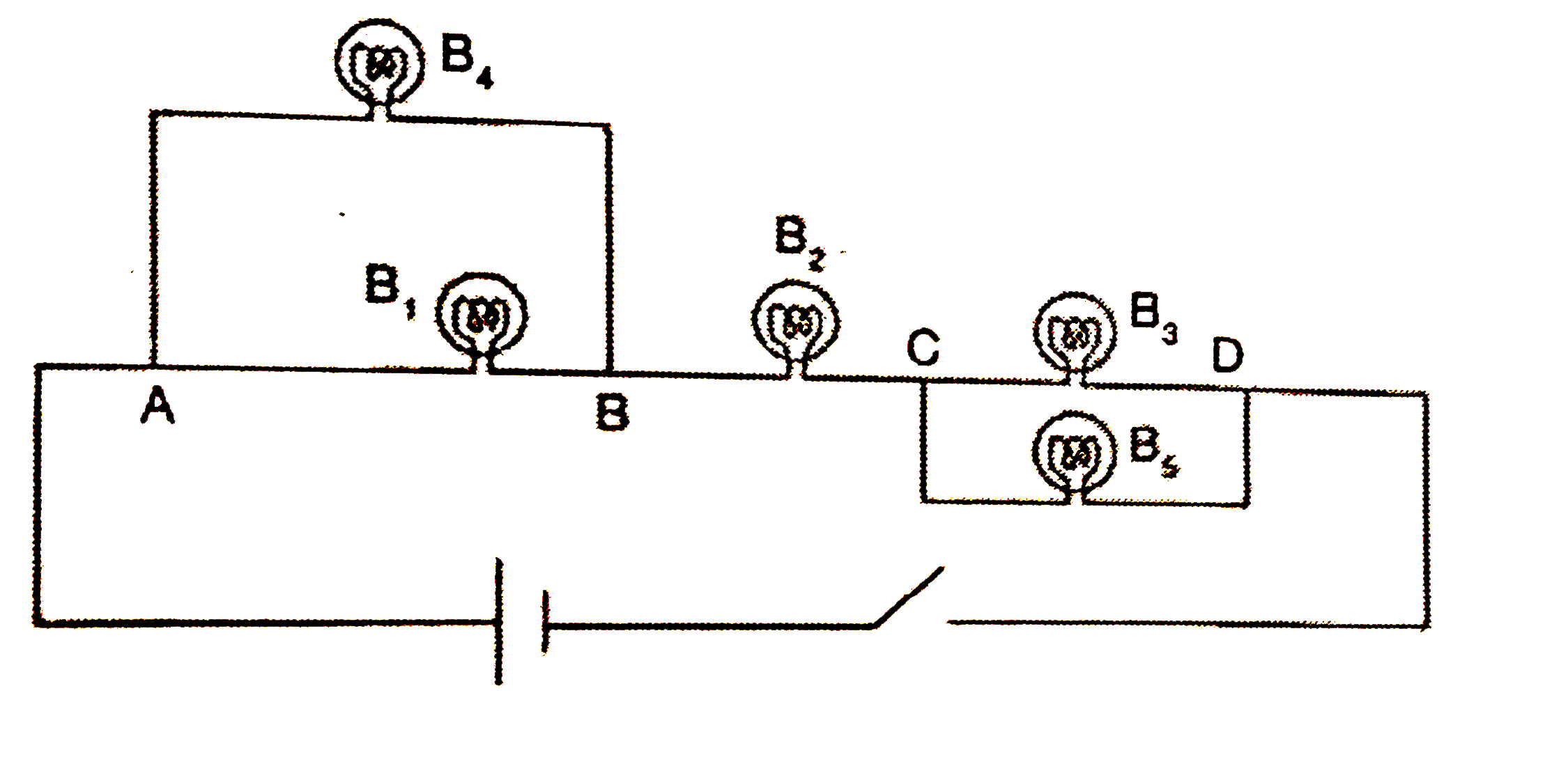Complete Solutions to Level 3 of chapter ELECTRICITY of Class 8 book with complete answers and questions
| Class 8 | PHYSICS |
| Chapter | ELECTRICITY |
| PEARSON IIT JEE FOUNDATION | Level 3 |
| Number Of Questions | 10 |
| Academic Year | 2023-24 |
What is the use of glass bulb in an electric bulb? Can we use an electric bulb without the glass bulb in space?
View SolutionCan a charged body 'A' having a very small charge on it, be used to charge an uncharged body 'B' , such that the charge acquired by 'B' is many times more than that on 'A'? If so, how? Explain.
View SolutionA copper wire of mass 20 g carries a current of 6.023 A. What fraction of the total number of free electrons present in copper wire flows through the cross-section of the copper wire in 2 s ?
(gram atomic weight of copper = 63.5 g)
View SolutionA, B and C are three indentical metallic spheres having positive, negative and positive charges, respectively. The deficiency or excess of electrons present in A, B and C are 10, 20 and 31, respectively. Initially the spheres A and B are brought in contact and then B and C are brought together. Determine the magnitude and nature of charge present on the bodies after bringing them in contact. (Take charge of electorn as `1.6xx10^(-19)C` ).
View SolutionThe tyres of air craft are made of special rubber which make them slightly conducting. Explain the reasons for using special rubber.
View SolutionA is a conducting rod connected to a cell as shown in the diagram.

If 5 A of current passes through the circuit for 5 s, find the amount charge accumulated on 'A'.
View SolutionIn an atom, electrons revolve around the nucleus in circular orbits. Can this be treated as electric current?
If an electron revolves around the nucleus 2000 times in one second, what is the equivalent current? Given charge of the electrons as `1.6 xx 10^(-19)C`.
View SolutionBharat takes five identical bulbs `B_(1), B_(2), B_(3), B_(4)` and `B_(5)` and connects them to a cell as shown in the figure. He compares
(i) The current passing through the different bulbs and
(ii) the potential difference across different bulbs when the circuit is closed. What does he conclude?

View SolutionThe following table provides the list of different appliances used by two families A and B in April 2010. If the charge per unit is Rs. 4/-, calculate their monthly bill for April 2010.

View SolutionSeeta says that a compact fluorescent lamp uses less electrical energy compared to that of an incandescent bulb. But Geeta, her friend, does not agree with this. Seeta proves it by calculating the money that can be saved per month by using a compact fluorescent lamp of 15 W in place of an incandescent bulb of 100 W if they are used 8 hours per day for 30 days. How did she prove this? (The cost of one unit of electrical energy is Rs. 2)
View Solution
Level 3 questions and complete solutions for chapter ELECTRICITY of PEARSON IIT JEE FOUNDATION of Class 8
All Exercises from PEARSON IIT JEE FOUNDATION Class 8 PHYSICS ELECTRICITY
- Concept Application (Level 1)
- CONCEPT APPLICATION (Level 1)
- CONCEPT APPLICATION (Level 1) (Fill in the blanks )
- CONCEPT APPLICATION (Level 1) (Select the correct alternative)
- CONCEPT APPLICATION (Level 1) (State whether the following statements are true or false.)
- CONCEPT APPLICATION (Level 2)
- CONCEPT APPLICATION (Level 3)
- Essay Type Questions
- Example
- Level - 2
- Level 3
- Short Answer Type Questions
- TEST YOUR CONCEPTS (Essay Type Questions)
- TEST YOUR CONCEPTS (Short Answer Type Questions)
- TEST YOUR CONCEPTS (Very Short Answer Type Questions)
- Very Short Answer Type Questions